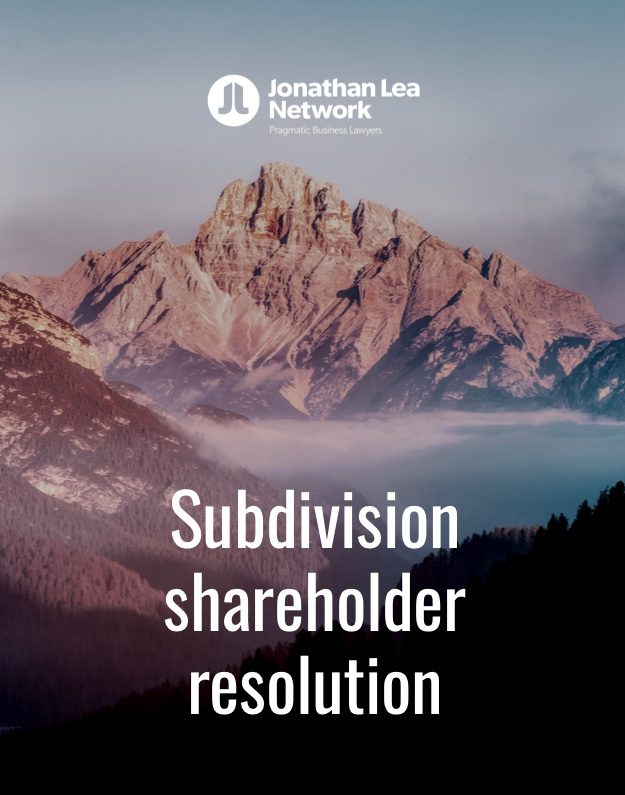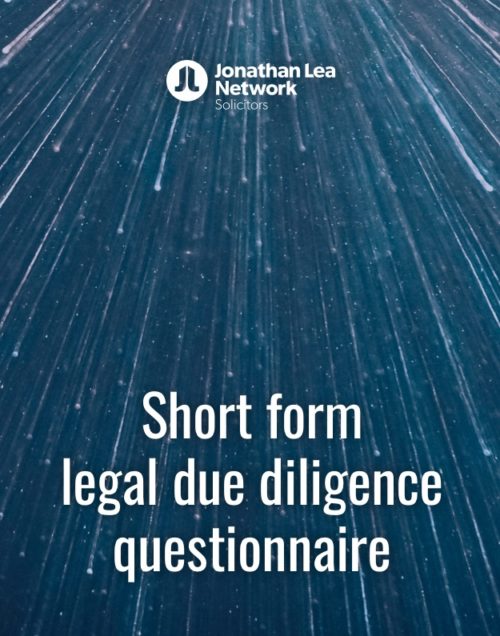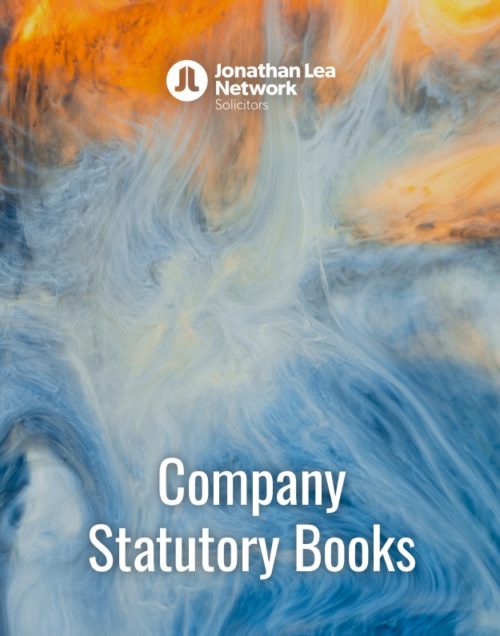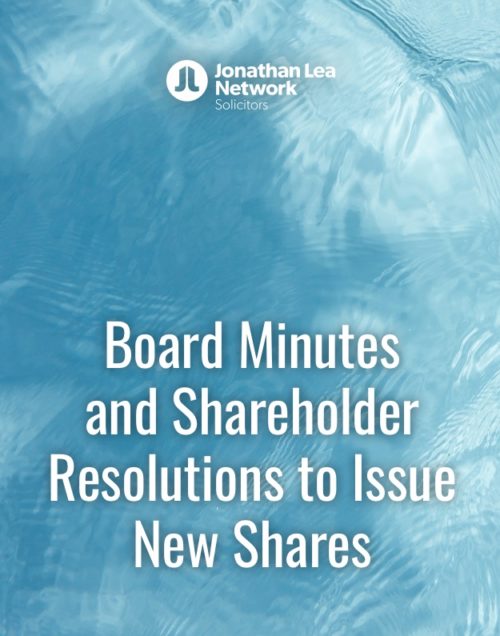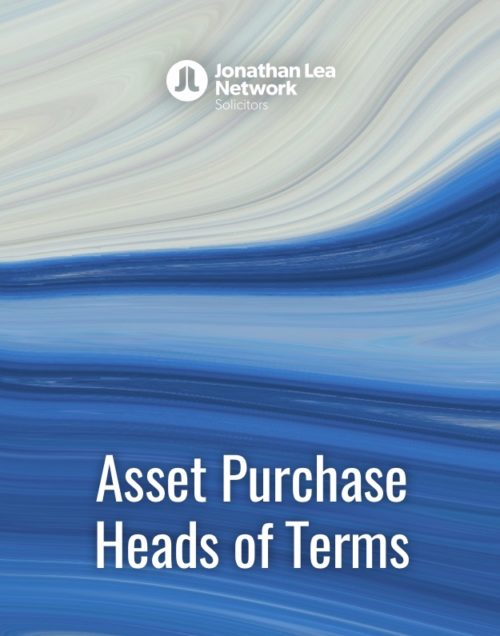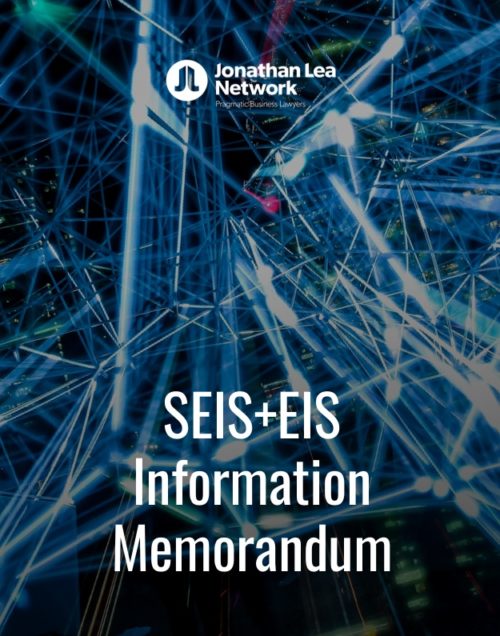Subdivision shareholder resolution
£6.99
These guidance notes have been put together by our in-house team in order to assist you with filling out the written shareholder resolution template which records a company’s shareholders passing an ordinary resolution to subdivide the company’s share capital.
We have kept the template as simple as possible and it will therefore not be relevant to every scenario. The template will need to be adapted depending on the company and the circumstances of each case and further detail will need to be added for example if the company has a shareholders agreement in place with contains restrictions on subdivision, or if the company’s articles of association contain restrictions on the company’s ability to subdivide its share capital.
The only drafting that needs to be done from your side is to insert the relevant information into the square brackets. The wording inside the square brackets which we have included explains clearly the information that should be inserted. You are advised to fill in the wording in square brackets in lower case. Any figures should be entered in numerical form. The brackets should be removed after the amendments are made (so as to produce a ‘final form’ version of the written shareholder resolution which can then be signed by the company’s shareholders).
What is the difference between board and shareholder resolutions?
The board of directors of a company manage the business of the company on a day-to-day basis. The directors have authority to make decisions on behalf of the company, except those that the Companies Act 2006 (“Act”) or the articles of association of the company (or any shareholders agreement the company has in place) require the shareholders to make. The point of a board resolution is to address a specific issue that the board needs to decide on (here, to approve the company subdividing its share capital and to instruct the shareholders of the company to pass an ordinary resolution to authorise the subdivision). Board resolutions therefore reflect decisions made by the board of directors of a company.
Shareholder resolutions can either be made by way of an ordinary resolution or a special resolution. Under section 282 (1) of the Act, an ordinary resolution of a company’s shareholders means a resolution that is passed by a simple majority (i.e. shareholders holding more than 50% of the company’s shares). An ordinary resolution will therefore not pass if shareholders holding exactly 50% of the company’s shares vote in favour of it, it must be a majority that holds more than 50% of the company’s shares in aggregate between them. Section 283(1) of the Act provides that a special resolution of a company’s shareholders means a resolution passed by a majority of shareholders holding not less than 75% of the company’s shares. Therefore, if shareholders holding exactly 75% of the company’s shares were to vote in favour of it, the special resolution would pass.
Some decisions of the company must be made by way of a resolution of the shareholders, for example the company can only amend its articles by passing a special resolution of the shareholders and a company can authorise its directors to allot (i.e. issue) new shares by the company’s shareholders passing an ordinary resolution. Shareholder resolutions therefore reflect decisions made by the shareholders of a company.
Written shareholder resolution breakdown
At the top of the resolution there is space allocated for you to insert the date, the company’s registration number (which you can find at Companies House) and the company name. The company name should be inserted in block capitals and should be in bold.
As the resolution states, section 618 of the Act states that a limited company can sub-divide its shares into shares of a smaller nominal amount than its existing shares only if its members have passed a resolution authorising it to do so. As section 618(3) of the Act does not specify the type of resolution required (i.e. whether ordinary or special), the default position under the Act (in accordance with section 281(3) of the Act) is that an ordinary resolution will be sufficient unless the company’s articles require a higher majority or unanimity (or indeed if the provisions of the company’s shareholders agreement requires a higher majority or unanimity – though this is not stated in the Act).
In accordance with the above, this written shareholder resolution has been drafted as an ordinary resolution. Therefore, using an example of a company that has four shareholders each holding 25% of the company’s shares, the resolution would not pass if only two shareholders voted in favour of it (as between them they only hold 50% – and an ordinary resolution can only pass where shareholders holding more than 50% of the company’s shares vote in favour of it). In such a scenario, at least three of the company’s shareholders would need to vote in favour of the ordinary resolution in order for it to pass.
This particular resolution has been drafted on the assumption that the proposed sub-division will apply to all the issued shares in a specified class. Therefore, the number of shares to be inserted in the first set of square brackets ([NUMBER]) should be the total number of issued shares of the relevant class that the company wishes to subdivide.
The figure to be inserted in the second reference to “[NUMBER]” should be completed with the total number of shares of the relevant class that the company will have in issue immediately following the proposed sub-division.
In the [SHARE CLASS] brackets you should insert the type of shares being subdivided, i.e. ‘ordinary’ shares or ‘A ordinary’ shares. The company may have ‘A ordinary’ and / or ‘B ordinary’ shares in issue if it has implemented an alphabet share structure, with the holders of each type of share having different rights. If you insert ‘ordinary’ in the first bracket referring to [SHARE CLASS] then you should insert the same in the second [SHARE CLASS] bracket.
The amount to be inserted in the first reference to “[AMOUNT]” should be the nominal value of the shares of the relevant class before the proposed subdivision takes place. The figure to be inserted in the second reference to “[AMOUNT]” should be the nominal value of the shares of that class after the proposed subdivision has been effected.
An example of how the resolution could read would be as follows:
“THAT, in accordance with section 618 of the Companies Act 2006, the 100 ordinary shares of nominal value £1.00 each in the issued share capital of the Company be subdivided into 1,000 ordinary shares of nominal value £0.10 each”.
You will notice that the aggregate nominal value of the company’s issued shares stays the same (£100). This is because 1,000 X £0.10 is £100, just like 100 x £1.00 is £100.
If, prior to the subdivision, the company had four shareholders holding 25 ordinary shares of nominal value £1.00 each (i.e. each had a 25% shareholding), the effect of the subdivision would be that the four shareholders hold 250 ordinary shares of nominal value £0.10 each and would therefore each still have a 25% shareholding in the company – they just own more shares of a lower nominal value.
The written shareholder resolution then needs to be signed by the relevant shareholder(s) – the name of the shareholder(s) should be inserted in the space marked as [NAME OF SIGNATORY] in capital letters and in bold. Where the company has more than one shareholder (which will often be the case), additional signature spaces will need to be inserted on the resolution.
Note that as this is an ordinary resolution, it will not need to be filed at Companies House (as ordinary resolutions only need to be filed at Companies House in exceptional circumstances). If the company’s articles of association or provisions in its shareholders agreement (if it has such a document in place) provide for a special resolution to be passed in order for the company to subdivide its share capital, then a copy of the special resolution will need to be filed at Companies House (as the Act requires copies of special resolutions to be filed at Companies house within 15 days of their being made).
Notes to shareholders
Certain information must be set out either in the resolution itself or the accompanying documentation sent with the resolution (under sections 291(4) and 293(4) of the Act). Whilst failure to include such information does not invalidate any resolution passed, it does leave officers of the company (i.e. directors) in default liable to a fine (under sections 291(7) and 293(7) of the Act).
Practically it is easier to include the procedural details in the notes forming part of the written resolution as this should mean that all of the required information is in one document and, for example, proof of compliance will be straightforward. This information should be included even where the written resolution is signed by all of the company’s shareholders in a meeting.
Note 1
As above, the method for agreeing to the resolution must be specified either in the resolution itself, or in the accompanying documentation (section 291(4) and 293(4) of the Act).
Under section 298 of the Act, the company will be deemed to accept the written resolution by electronic means where relevant contact details are included in the resolution or accompanying documents, unless a contrary instruction is given. Therefore, if the company does not want to accept the written resolution by email, this should be made clear in the notes and this note should be amended accordingly.
Note 2
This note is included as section 296(3) of the Act provides that once a member has signified agreement to a resolution, such agreement cannot be revoked.
Note 3
The lapse date must be specified either in the resolution or in the accompanying documentation (under sections 291(4) and 293(4) of the Act).
The lapse date will be the last day of the 28 day period beginning with the circulation date unless a different lapse date is specified in the company’s articles (section 297 of the Act).
Note 4
This is an optional paragraph to be included in the notes where the company has joint holders of shares. The paragraph has been drafted to reflect the default position on joint holders of shares under section 286 of the Act. The company’s articles should be checked in any event as any contrary provision contained within the articles will override the default position. If the company has no joint holders then this paragraph should not be included in the written resolution.
Note 5
This is an optional paragraph that does not need to be included by law, however in such a case it would be prudent / best practice to obtain a copy of the relevant authority. If there is no delegation of authority then this paragraph does not need to be included.

